Stainless Steel and Cedar Seed Cleaning Screens, Set of 8 FREE SHIPPING
$395.00
Here is a youtube video that shows these screens in action
(Seed Sorting Screens, Sieves) Set of 8 graduated screens, each 12 inches by 12 inches and 3 inches tall. The screen sizes graduate from 4 strands per inch (coarse) to 70 strands per inch (very fine). The screen used is industrial grade stainless steel, and we have chosen the most robust stock. The wood used is clear grade Port Orford Cedar, which is bioregional to us, is the hardest of all Cedar species, has a hardwood-like pattern of grain, and emits a delightful aroma, especially when newly worked. The wood itself is antiseptic, repels bugs and is quite weather and rot resistant.
How to use them. In a myriad of ways: for drying small samples of fresh herbs, for grinding dry herbs and removing stems from them, and mainly and most importantly perhaps for cleaning seeds. I’ll tell you a little about that (skip this part if you already know how to do this). Choose the sizes most applicable to the task at hand. Find the screen that is just barely bigger than the seeds, put the very fine screen underneath it to catch the seeds, and then shake the seeds through the big screen into the small screen. Next, find the screen that is just slightly smaller than the seed, and put the seedy material into that one, and shake out the dust. What you will have left, if you did this right, is the seed and a small amount of chaff that is the same size as the seed. Luckily, this chaff is probably much lighter than the seed also. Notice that when you jiggle the screen, the chaff rides up on top of the seeds. Still shaking, work it over to the inside forward lip of the screen by tilting the screen down in the front. Do not spill the seeds. Then blow across the top of the seed with a gentle and controlled breath and blow away the chaff. What you now have in the screen is pretty likely pretty clean. Further separation may be useful, and this can be done by wind winnowing the seed onto a sheet. (Also, there are many seed species that require specialized cleaning methods, which will cause you to wax inventive or otherwise cause you to separate the seeds on a table, one by one, or make you realize that using uncleaned seed is really not that big a problem…) The screens are of assistance during wind-winnowing, as they can be used to shake seed out slowly, like salt out of a shaker, so that it will better be cleaned by the wind wafting around them as they fall solo through the air, in many cases resembling a germplasm hang glider, ejected ball-bearing, wounded butterfly, or other anthropomorphism generated by your imagination or mine.
Care and handling: Keep the screens under cover, and if used for wet applications, wipe and dry them after use. Do not put excessive palm force on the screens when using them to grind herbs or trying to push seeds and chaff through them, especially when the screens are grounded on a table (instead of hand-held in the air). This kind of abuse can punch out the screening, and the frames are made so strong that they are hard to fix if this happens—so please, go a bit gently.
I find that I use the screens a great deal, and handled with a little respect, they last many years. I hope you enjoy them immensely. Clean seeds are long-lasting seeds!
Screens Weigh 24 lbs (in the box)
Here are the opening sizes for the screens (the distance between the wires), expressed as decimals of an inch:
#1 screen .203
#2 screen .159
#3 screen .097
#4 screen .075
#5 screen .060
#6 screen .045
#7 screen .034
#8 screen .015
In stock
Ships free within the US
Returns: Once the product is used by the customer, the manufacturer (Strictly Medicinal, LLC) cannot accept returns. Unused product may be returned within 90 days in the original packaging by the customer at their shipping expense. A 20% restock fee will apply.
International customers please contact us for shipping.

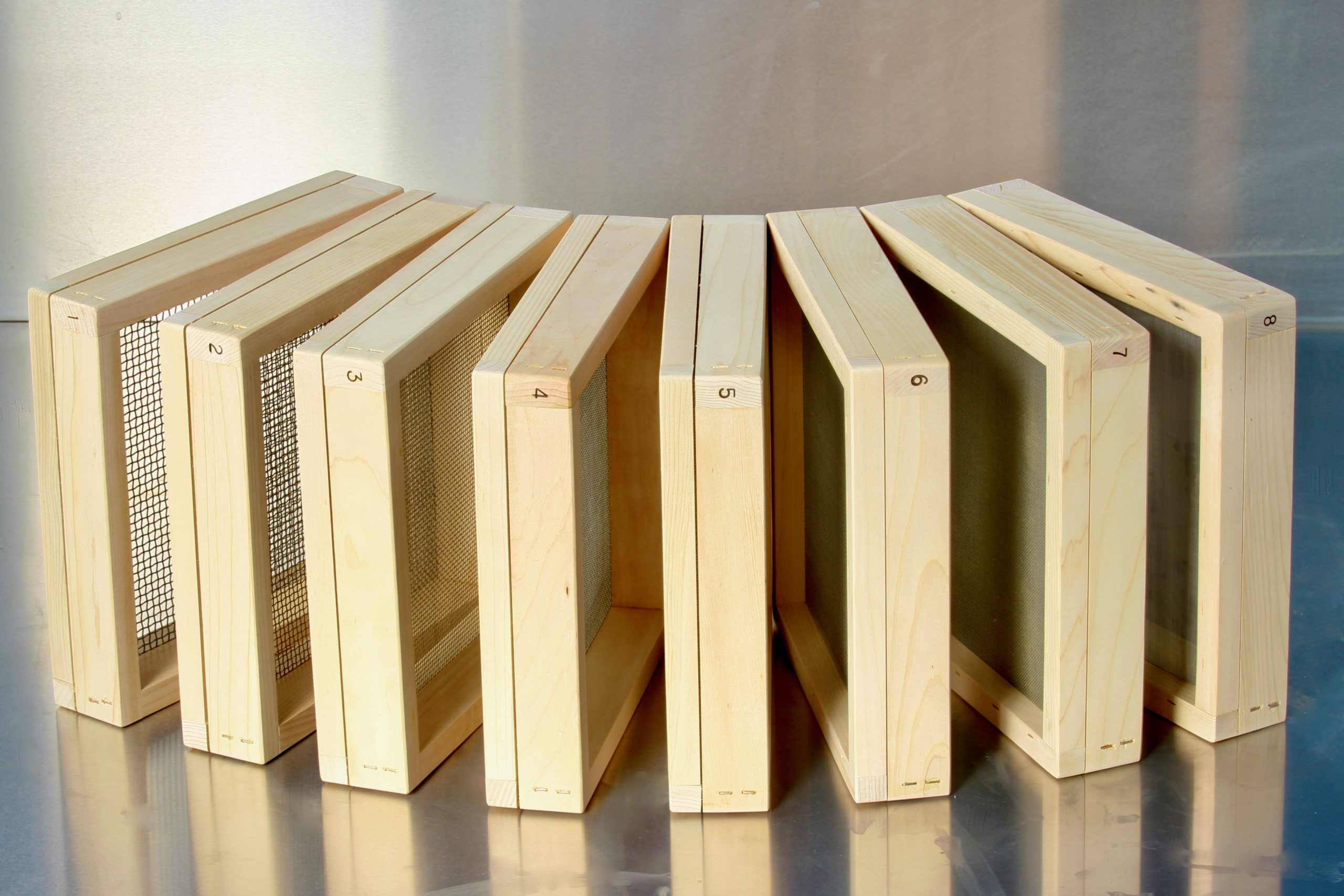
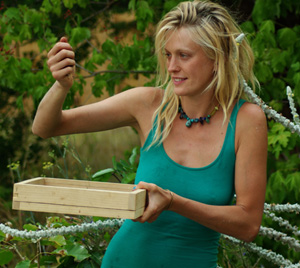
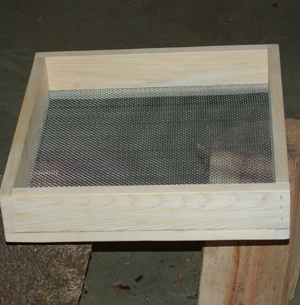

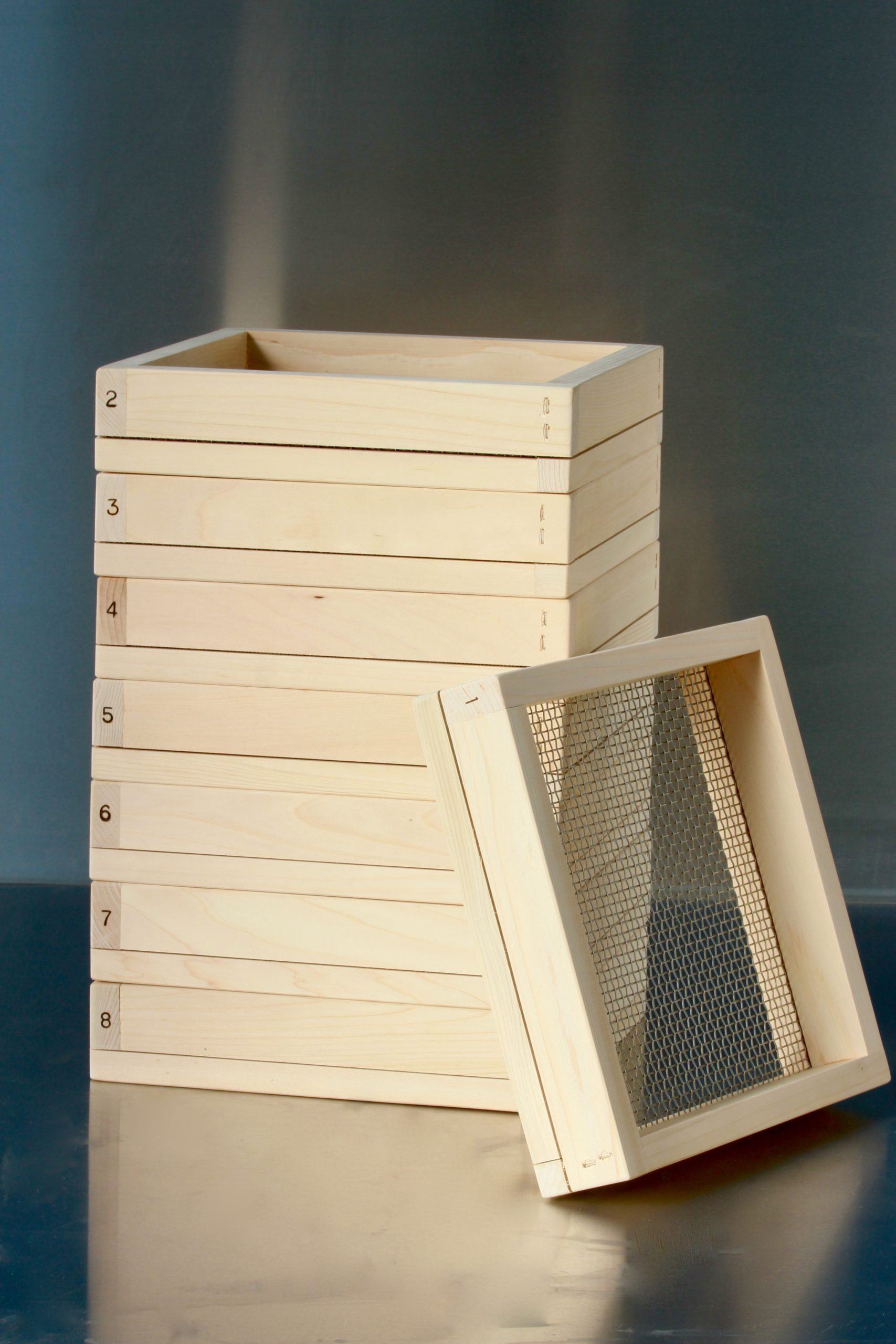
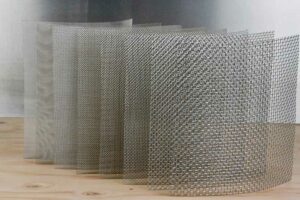
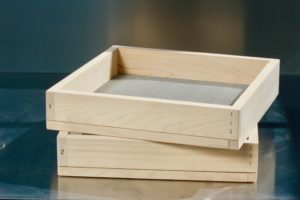
Ian moore –
Do you still offer the non framed screens? I believe you used to at one point. Thanks
Upvote if this was helpful (0) Downvote if this was not helpful (0) Watch Unwatch Flag for removal
Richo Cech –
hello ian, here’s the link, you’ll probably have to paste it in a browser: https://strictlymedicinalseeds.com/product/stainless-steel-seed-cleaning-screens-without-frames-set-of-8/
Upvote if this was helpful (0) Downvote if this was not helpful (0) Flag for removal
Question
Amy –
Hello Richo,
I kindly ask for your advice. I need screens for two purposes, one for thyme, and two to remove seeds from burdock and milk thistle. I’m wondering if I could purchase the two screens and be able you use them for both purposes, or do you recommend the eight screen set.
Thank you,
Amy
Upvote if this was helpful (0) Downvote if this was not helpful (0) Watch Unwatch Flag for removal
Richo Cech –
Hi Amy, Thanks for writing. It is of great benefit to have all 8 screens when seed cleaning. The set of 8 includes the 1/4 inch screen which is very useful for burdock and milk thistle. The way these screens are used, you employ both the screen that is large enough for the seed to fall through, and also the screen that is too small for the seed to fall through. Both processes remove different kinds of chaff–the large chaff and the small chaff. What you’re left with is, the seed with the chaff that is the same size as the seed. This last chaff is then removed by wind winnowing or table separation. The “set of two” herb rubbing screens can be used very efectively for seed cleaning, but in your situation it is not really a substitute for the “set of 8.” If you had only the set of 2, you could make do.
Richo
Upvote if this was helpful (1) Downvote if this was not helpful (0) Flag for removal
Amy –
Richo,
That is great advice. The eight screen set is in my wish list! Hopefully I can purchase them sooner than later. I appreciate your quick response. Enjoy the day!
Amy
Upvote if this was helpful (1) Downvote if this was not helpful (0) Flag for removal
Anna –
Hi Richo,
In addition to seed cleaning, I would like to clean grains which are essentially seeds. Would these screens have a size suitable for streaker hulless oats (avena nuda)? I am assuming sorghum, millet, chia, flax, and ivory teff can be processed in these screens. If you know of a better way to process large amounts, let me know! Happy growing!
Upvote if this was helpful (1) Downvote if this was not helpful (0) Flag for removal
Richo Cech –
Hello Anna,
Thanks for staying in touch. The set of 8 screens are graduated minutely and therefore are useful for cleaning any kind of seed with the possible exception of coconuts.
Richo
Upvote if this was helpful (1) Downvote if this was not helpful (0) Flag for removal
Question
Emily –
What is the difference between your herb grinding screens and your seed sorting screens? Thank you!
Upvote if this was helpful (1) Downvote if this was not helpful (0) Watch Unwatch Flag for removal
Richo Cech –
Hey Emily, thanks for writing! Click on the main photo for either of these items to get a link to the youtube that shows them in action (and answers your question). The seed sorting screens are 1 foot square and graduate from 4 strands per inch to 70 strands per inch, designed to remove chaff from seeds and secondarily useful for grinding down dried herbs to tincturing size (without buying an expensive grinder). The herb rubbing screens are bigger and deeper–18 inches square, and they are sized for 1) removal of twigs from dried herbs) and 2) producing the tea cut. In other words, you rub your thyme herb through it once to remove the majority of the stems, and you rub that same destemmed herb through the next size to create a finer grind for storage in a jar and use on that casserole or in the teapot. richo
Upvote if this was helpful (1) Downvote if this was not helpful (0) Flag for removal
Question
Rosie mckay –
Hi there, i am part of a community seed saving project and we are currently raising funds to buy some screens for the group. Yours are the best i’ve seen out there but from experience i know shipping to Australia is very pricey. Would there be a way to buy just the screens from you and we could make up our own frames?
Thanks!
Rosie
Upvote if this was helpful (0) Downvote if this was not helpful (0) Watch Unwatch Flag for removal
Richo Cech –
Right, I think we can help you. The screens without frames is already an item. Here’s the link, you might have to paste it into a browser:
https://strictlymedicinalseeds.com/product/stainless-steel-seed-cleaning-screens-without-frames-set-of-8/
Richo
Upvote if this was helpful (0) Downvote if this was not helpful (0) Flag for removal
swprahl –
Thank you for sharing your wealth of knowledge and experience. I am grateful for your life’s work!
Upvote if this was helpful (0) Downvote if this was not helpful (0) Watch Unwatch Flag for removal
Julie (verified owner) –
I thought about getting these seed screens almost 6 months ago, but I was hemming and hawing about the price and whether I could just make do with the random hardware screen and kitchen colander. After doing a small batch of wheat and piles and piles to go, I finally ordered them and I got them today. I stopped working on more wheat and got these screens out and I kid you not, it takes a tenth of the time I was taking. I have clover waiting that I was dreading cleaning late into the nights, but now I know I’ll be able to do it fast. These screens are basically heirloom quality that I’ll be passing on to my kids. I am sooo happy with these screens!
Upvote if this was helpful (2) Downvote if this was not helpful (0) Watch Unwatch Flag for removal
Question
Beth (verified owner) –
Hello! What size screen would you suggest for calendula seed? I’m having trouble getting the seed to fall separate from the other material.
Upvote if this was helpful (0) Downvote if this was not helpful (0) Watch Unwatch Flag for removal
Richo Cech –
Hi Beth, Congrats on having calendula seed to process. There are several good approaches and I’ll give you mine. Go outside and lay out a sheet. Hopefully there is a slight wind (sheets to the wind, get it?) Anyway, to start, hand rub your seedheads so that they break apart completely. Next, put them in the #1 screen and shake them over the sheet. The large seed and much of the chaff will stay inyour screen, and the prime seed and small chaff will fall through. Much of the chaff will blow away. Put down the screen and bring the edges of the sheet together. Funnel the contents of the sheet into a #6 screen. Shake this vigorously to remove any dust or small debris. Now you have in your screen relatively clean seeds, with some chaff that is heavy and sized the same as the seeds. Shake out the sheet and wind-winnow again, thereby getting rid of more chaff, which actually is lighter than the seeds. Now gather the sheet up again, and dump the contents on a clean table. Go through and keep the seeds in one pile and any non-seed material can go off the edge of the table to be swept up and composted later. What you now have is 100% pure grade a material. The grade b is the large seed which didn’t go through the #1 screen. This can be kept for replanting next year–it is too big and clumpy to sell, but actually makes the best plants when you plant it. richo
Upvote if this was helpful (3) Downvote if this was not helpful (0) Flag for removal
Question
Davida –
Hi ya’ll!
Could this set be used for herb grinding as well? (Don’t want to make a redundant purchase if these will do the trick)
-Thanks!
Upvote if this was helpful (1) Downvote if this was not helpful (0) Watch Unwatch Flag for removal
Richo Cech –
Hi Davida, it will work for small amounts of herb. if you have anything over a couple handsful, the herb rubbing screens would be valuable to you. richlo
Upvote if this was helpful (2) Downvote if this was not helpful (0) Flag for removal